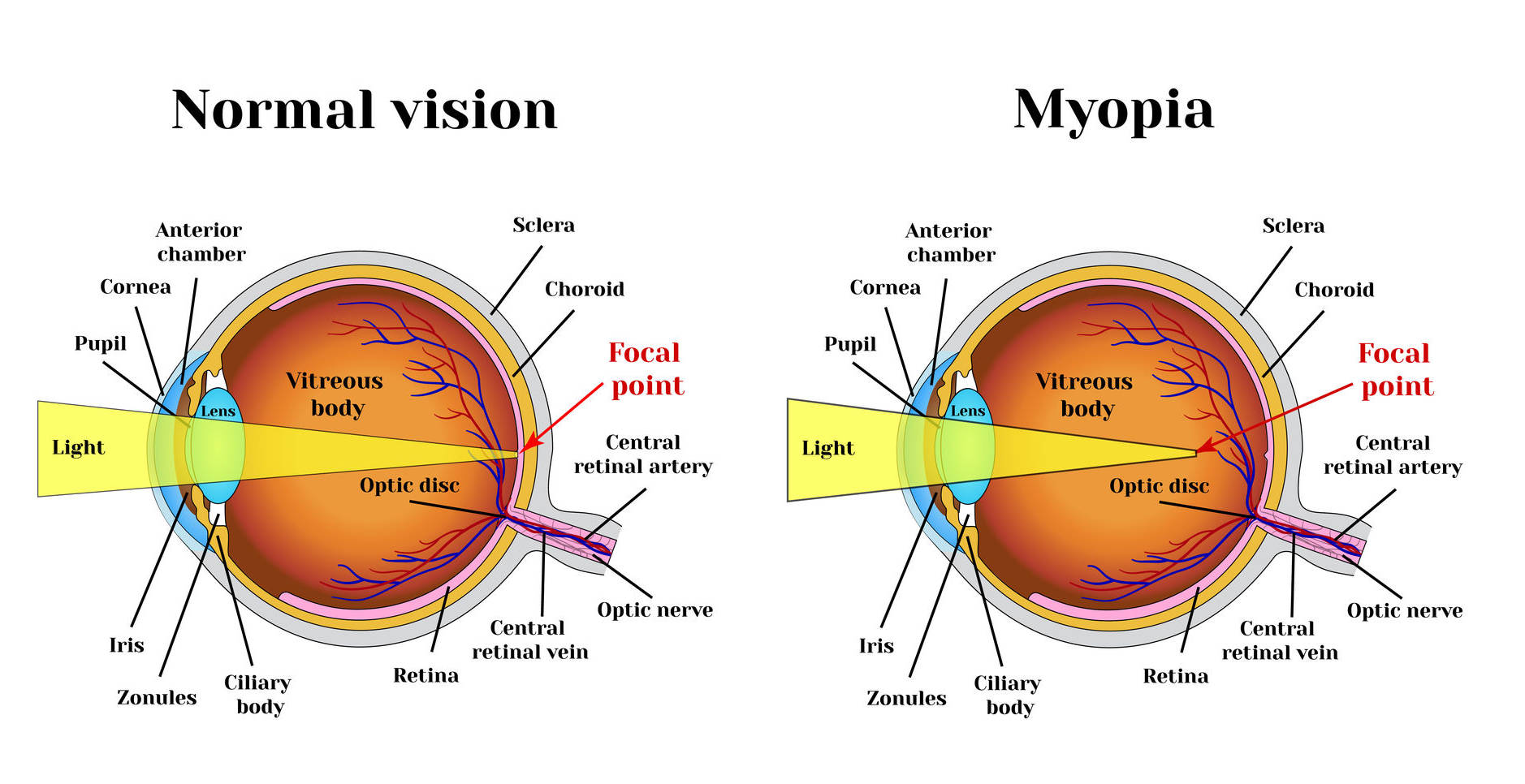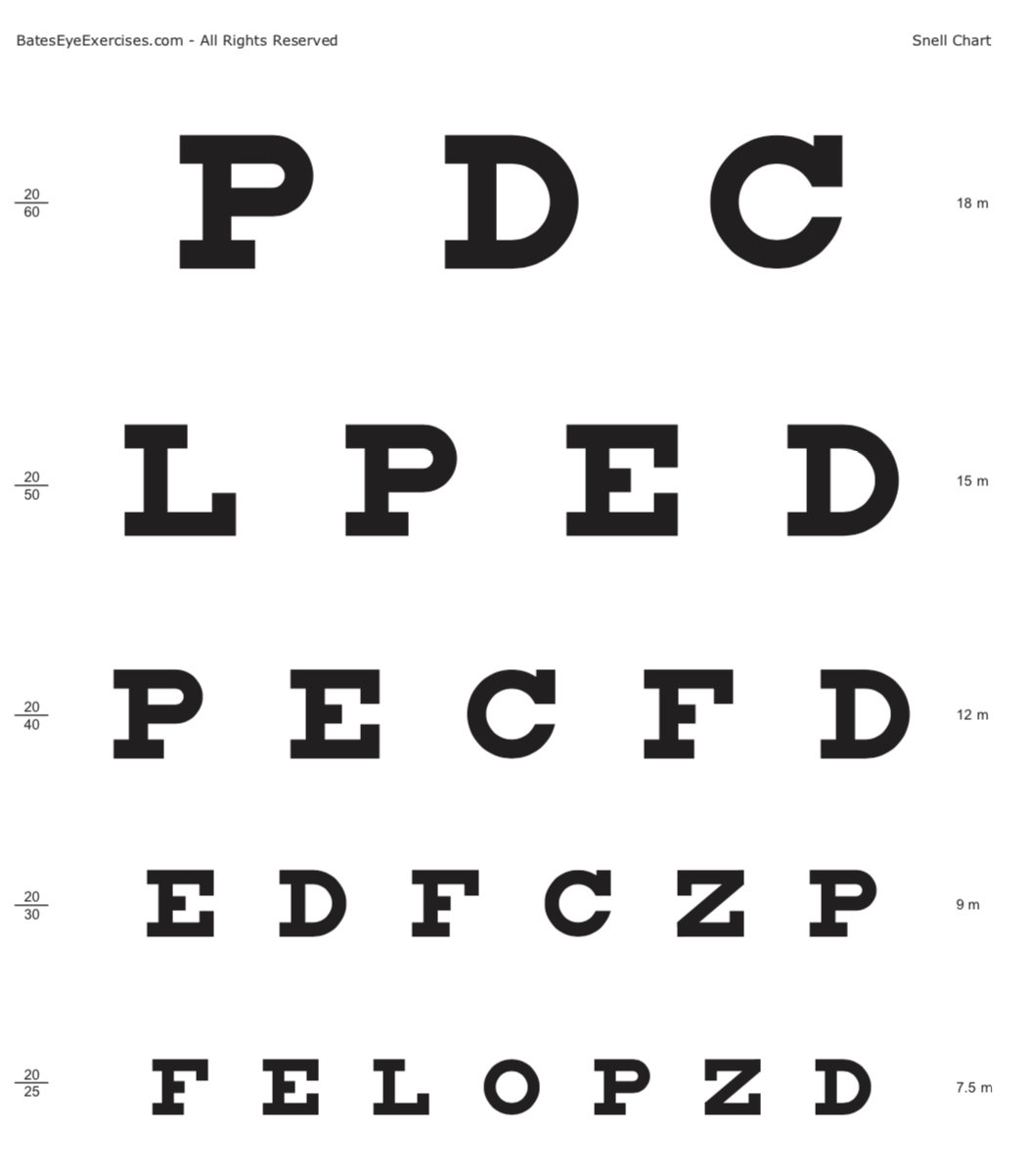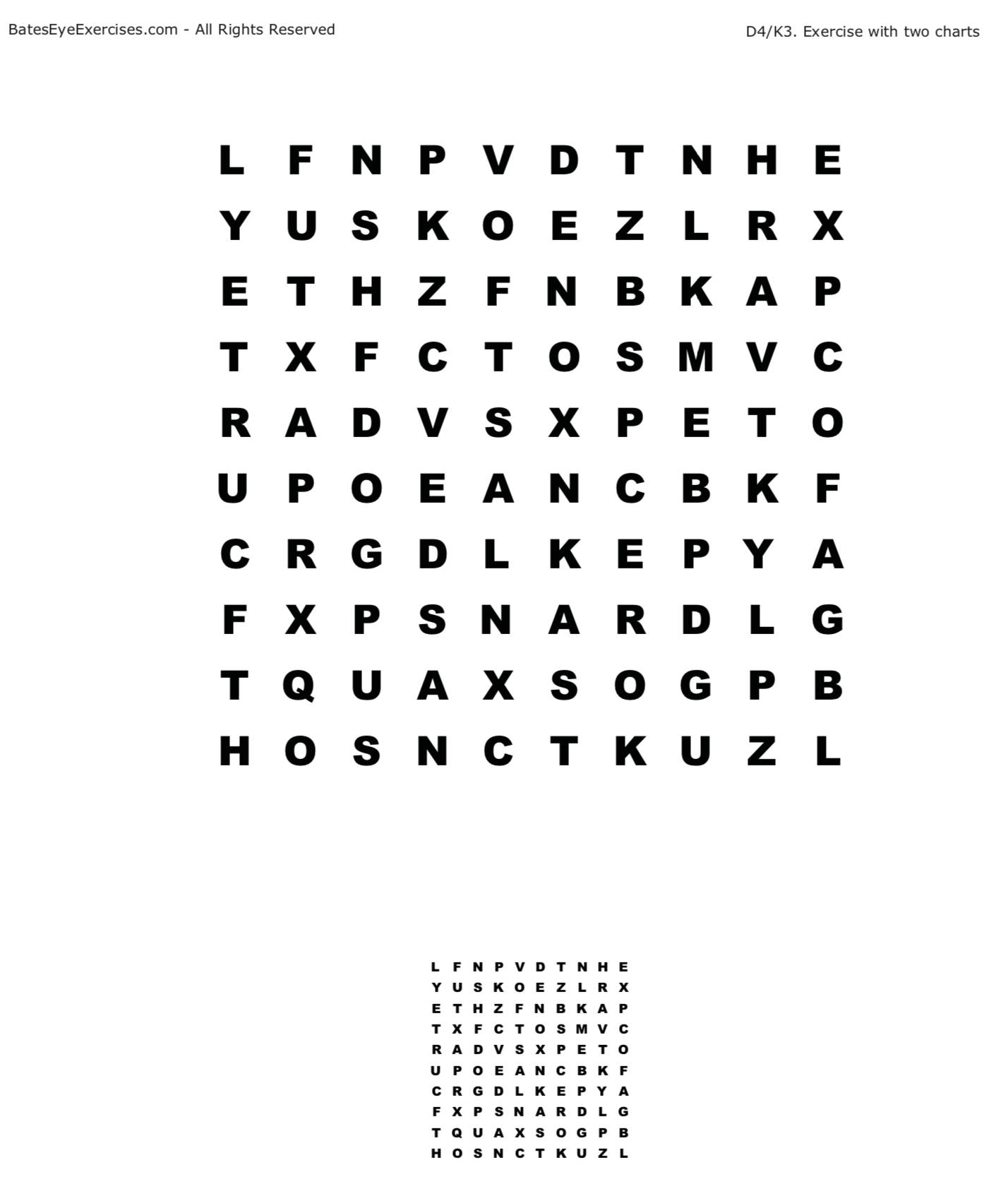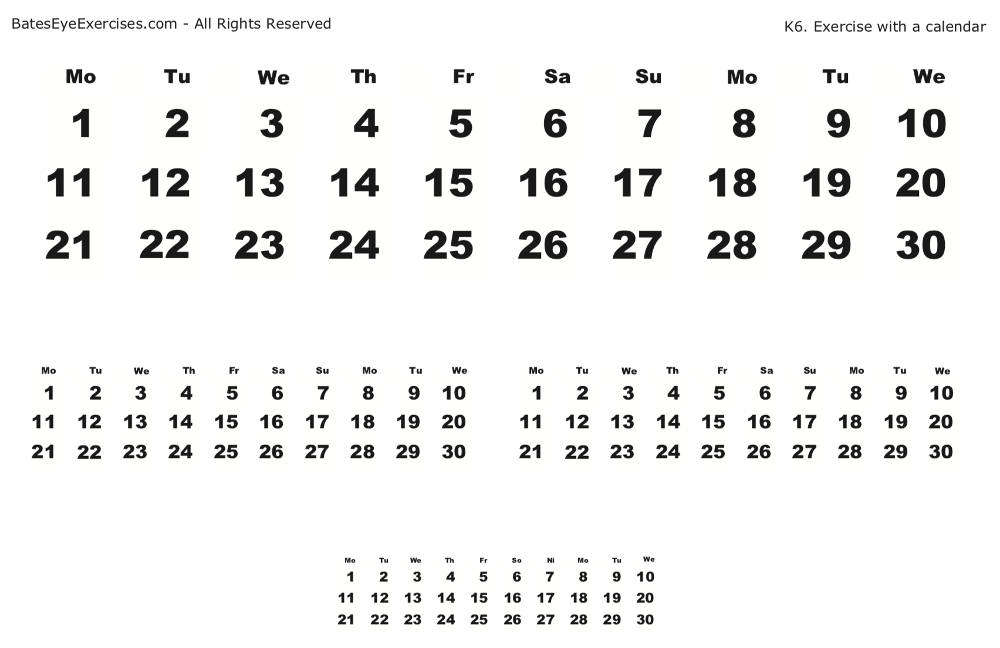Short-sightedness (myopia) is the most common disease of eye refraction. According to the estimates of the scientists, 30% of the Europeans and 60% of the Asians suffer from short-sightedness. In most cases, the defect occurs before the 20. year of age. When it comes to anatomy, the eyeball is lengthened, which causes the improper refraction of light rays falling into the eyeball and focusing of the rays before instead of on the retina.
More information on this defect can be found here



